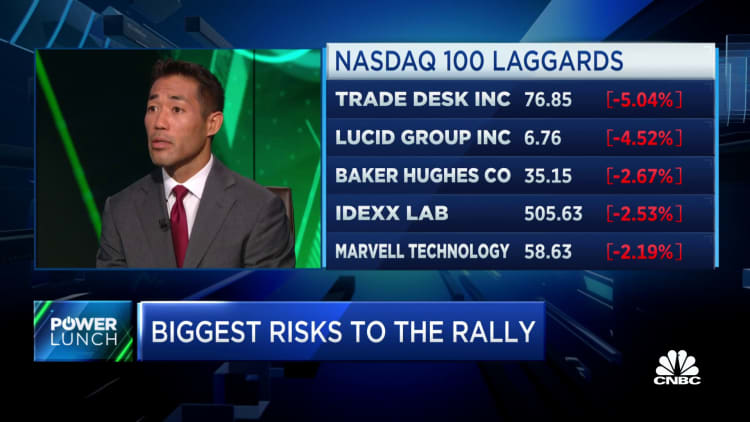Investors piled into Series I bonds amid record yields, and some are now eyeing an exit for higher-interest alternatives. But redeeming I bonds can be tricky, experts say.
After reaching 9.62% annual interest in May 2022, I bond yields have declined with falling inflation, reaching 4.3% interest for new purchases between May and October.
The latest consumer price index data supports the downward trend, with annual inflation rising 3.2% in July. However, the U.S. Department of the Treasury still needs two months of CPI readings before the next I bond rate change.
I bond yields have two parts: a fixed rate that stays the same after purchase, and a variable rate, which changes every six months based on inflation. The Treasury Department announces new rates every May and November.
“It’s falling back in line with I bond inflation rates we had before the pandemic,” said Ken Tumin, founder and editor of DepositAccounts.com.
The ‘best time’ to get out of I bonds

However, the best time to sell may vary, depending on when you purchased the I bonds, along with your investing goals, said Keil, who has addressed the question on his company blog.
While longer-term investors may like the current 0.9% fixed rate portion of I bond yields, short-term investors may prefer higher-paying alternatives.
The interest penalty can cut into higher yields
One of the big downsides of purchasing I bonds is you can’t access the money for at least one year. But there’s another sneaky pitfall: a three-month interest penalty for selling the asset within five years.
“If you’re thinking about redeeming this year, you want to make sure you’re getting the full six months of 6.48% interest,” Tumin said.
When selling I bonds within five years, it’s easy to get confused by how much interest you’re giving up. That’s because the yield resets every six months starting on your purchase date, not when the Treasury Department announces rate adjustments.
For example, if you bought I bonds last July, when the annual rate was 9.62%, your interest didn’t drop to 6.48% until this January, and your rate didn’t decline to 3.38% until last month. You can find the rate by purchase date here and rate change by purchase month here.
“If you bought in April 2022, don’t be upset about the new rate because it won’t affect you until October,” Keil said.
There’s no ‘partial month’ of interest for I bonds
You also need to consider the timing of when you sell, because you don’t earn interest until you’ve held I bonds for the full month, according to Keil.
“There’s no partial month [of interest] in the world of I bonds,” he said, meaning it’s better to cash out at the beginning of the month rather than the last few days, if possible.











